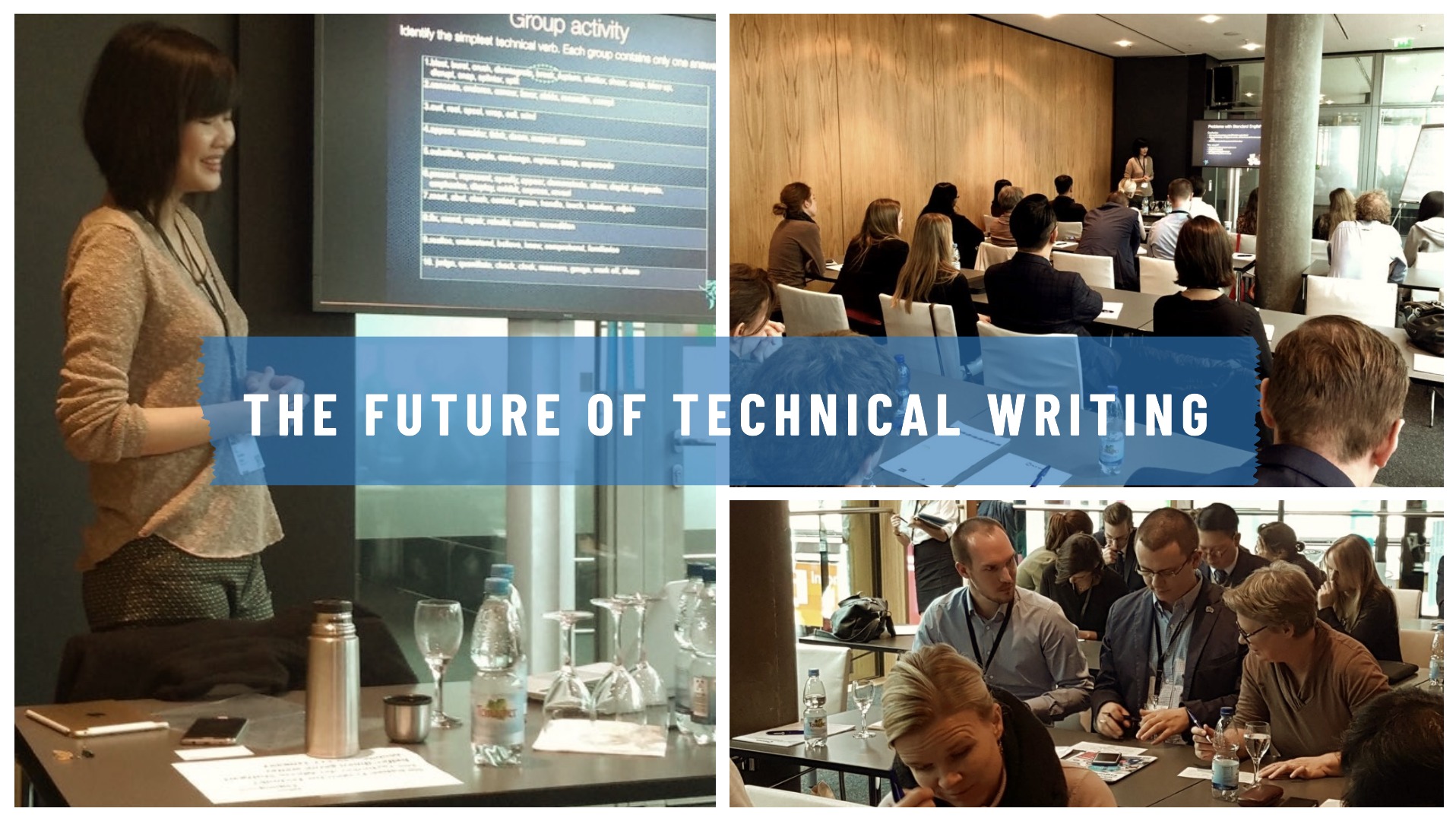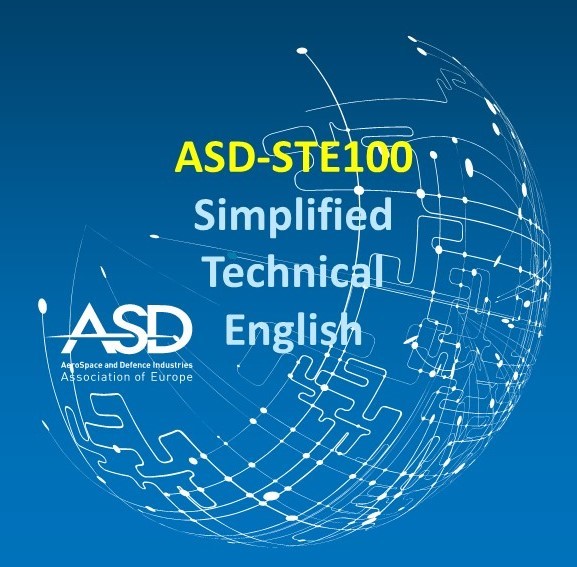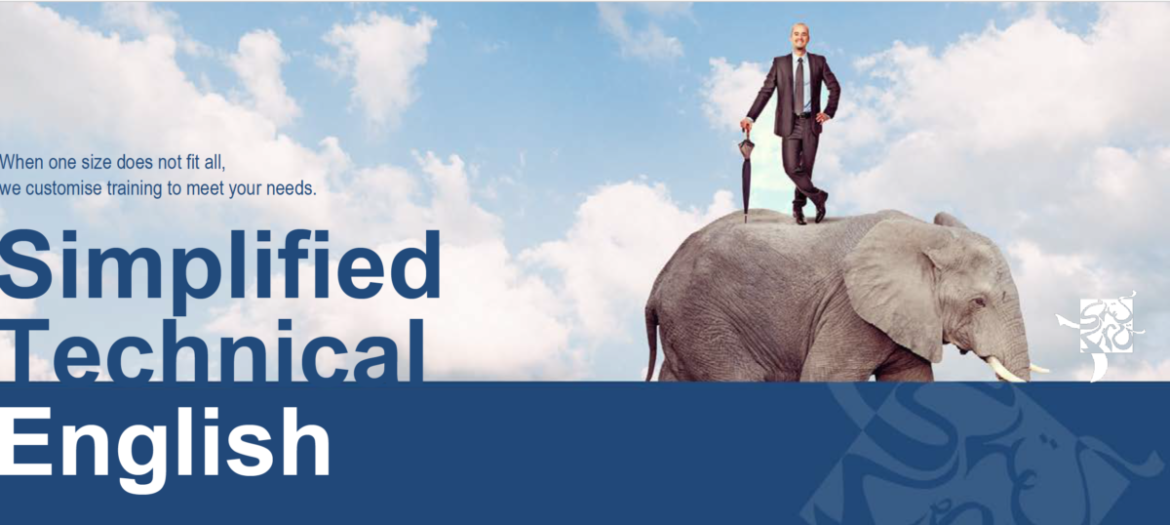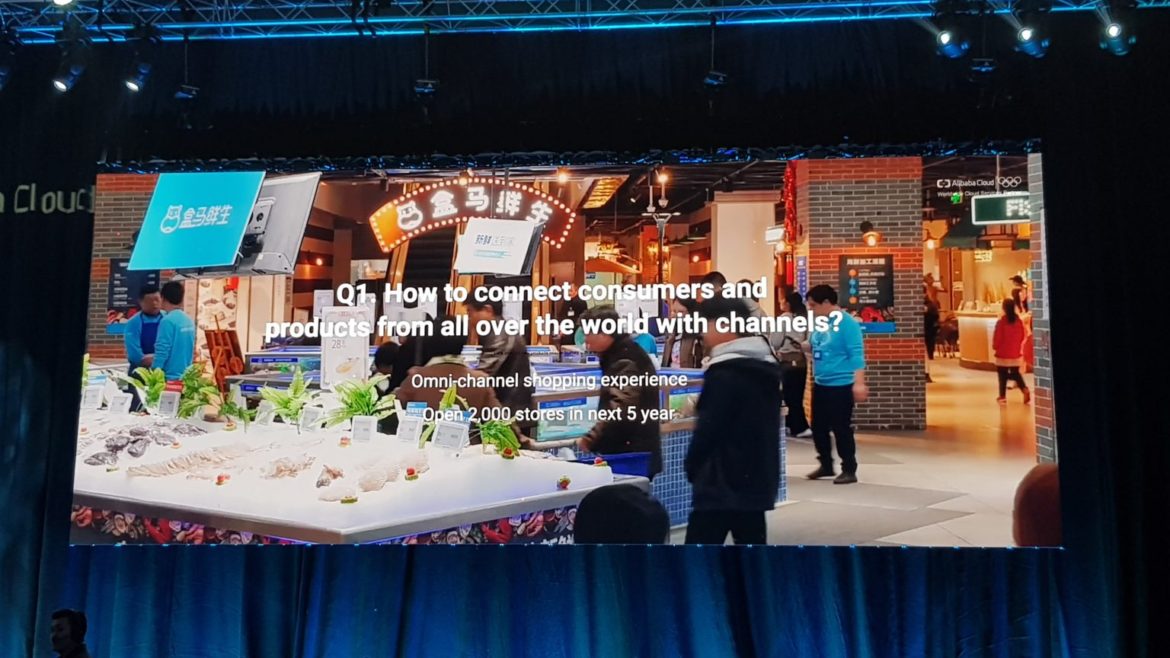March 2025
In the fast-paced world of product development, especially within critical sectors like aerospace, defence, and manufacturing, the allure of rapid iteration and quick deployment can be overwhelming. However, this urgency often leads to a critical oversight: treating product documentation as an afterthought. This practice, while seemingly efficient in the short term, is a recipe for disaster, a potential malpractice that can have far-reaching consequences.
The Pitfalls of Post-Production Documentation:
- Inaccurate and Incomplete Information: When documentation is created after the product is finalised, crucial details can be lost or misinterpreted. Developers, having moved on to new projects, may struggle to recall specific design decisions or implementation nuances. This leads to inaccurate or incomplete documentation that fails to serve its intended purpose.
- Increased Risk of Errors and Accidents: In industries like aerospace and defence, where precision and safety are paramount, inadequate documentation can have catastrophic repercussions. Without clear and comprehensive instructions, operators and maintenance personnel are at a heightened risk of making errors, potentially leading to equipment malfunctions, accidents, and even loss of life.
- Higher Maintenance and Support Costs: Troubleshooting and maintenance become significantly more complex when documentation is lacking. Support teams spend excessive time deciphering cryptic code or reverse-engineering design flaws, leading to increased costs and prolonged downtime.
- Compliance and Regulatory Issues: Aerospace, defence, and manufacturing are heavily regulated industries. Comprehensive documentation is often a mandatory requirement for compliance. Failing to provide accurate and up-to-date documentation can result in hefty fines, legal penalties, and even product recalls.
- Hindered Knowledge Transfer and Training: Effective documentation serves as a vital tool for knowledge transfer and training. When documentation is incomplete or inaccurate, it hinders the ability of new employees and operators to quickly grasp the intricacies of the product, leading to inefficiencies and potential errors.
- Damage to Reputation and Trust: In industries where reliability and safety are paramount, inadequate documentation can severely damage a company’s reputation and erode customer trust. When customers encounter issues due to poor documentation, they are less likely to rely on the company’s products in the future.
Why This is Malpractice, Especially in Critical Industries:
In aerospace, defence, and manufacturing, the stakes are exceptionally high. Products are often complex, mission-critical, and subject to stringent safety standards. Treating documentation as an afterthought in these sectors is not merely an oversight; it’s a potential malpractice.
- Safety-Critical Applications: In these industries, products are often used in safety-critical applications where human lives are at stake. Errors resulting from inadequate documentation can have dire consequences.
- Long Product Lifecycles: Aerospace and defence products often have exceptionally long lifecycles. Proper documentation ensures that the product can be maintained and supported for decades.
- Complex Regulatory Landscapes: These industries operate within complex regulatory landscapes that demand meticulous documentation. Failure to comply can lead to severe penalties.
- High Cost of Failure: The cost of failure in these industries is exceptionally high, both in terms of financial losses and potential loss of life.
The Solution: Integrating Documentation into the Development Process:
The solution lies in integrating documentation into the product development process from the very beginning. By treating documentation as a core component of the product, companies can ensure accuracy, completeness, and consistency.
- Early Planning and Collaboration: Documentation should be planned and initiated during the early stages of product development, with close collaboration between developers, technical writers, and subject matter experts.
- Continuous Updates and Revisions: Documentation should be continuously updated and revised throughout the product lifecycle to reflect any changes or modifications.
- Utilising Modern Documentation Tools: Leveraging modern documentation tools and technologies can streamline the documentation process and improve efficiency.
By prioritising product documentation and integrating it into the development process, companies can mitigate risks, enhance safety, and build trust, particularly in the demanding and critical sectors of aerospace, defence, and manufacturing.




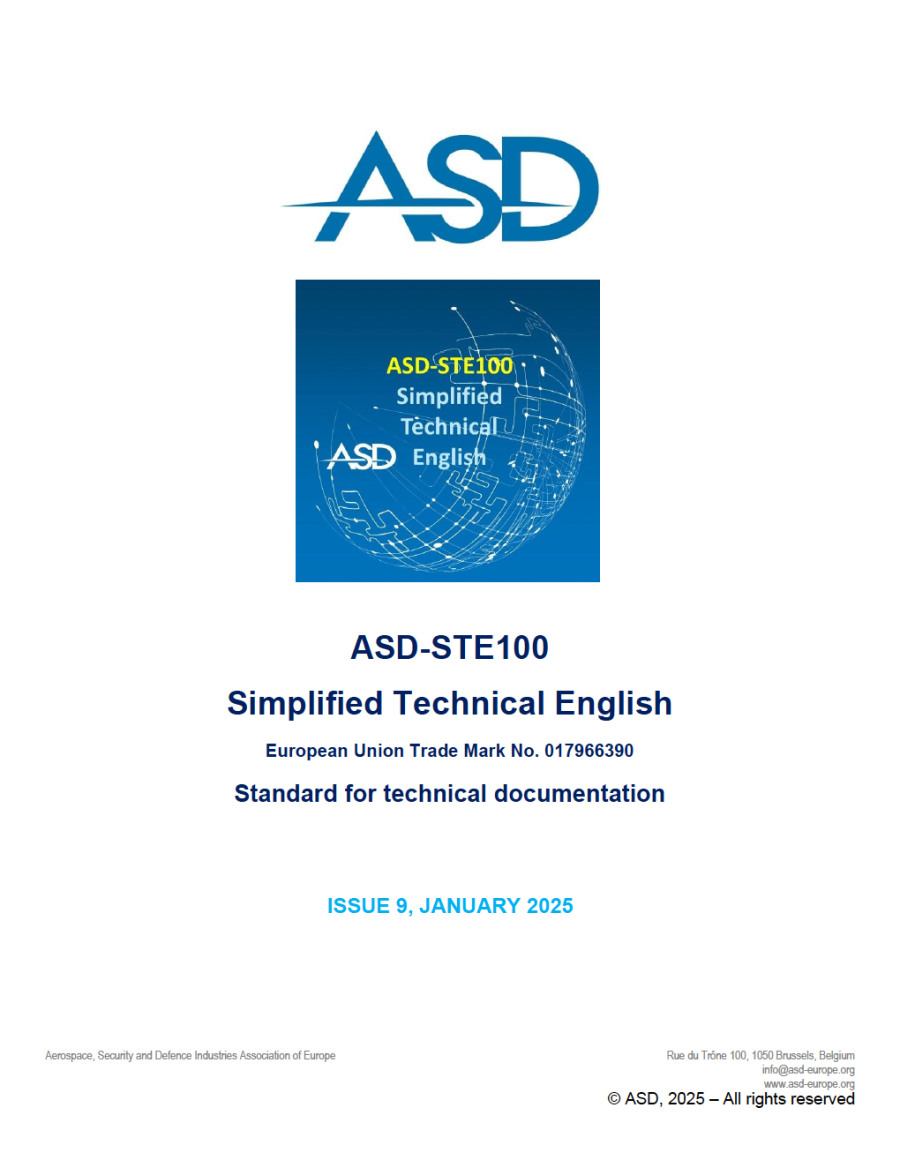

 Find the right expert to support you with ASD-STE100 training and consultancy:
Find the right expert to support you with ASD-STE100 training and consultancy: 


